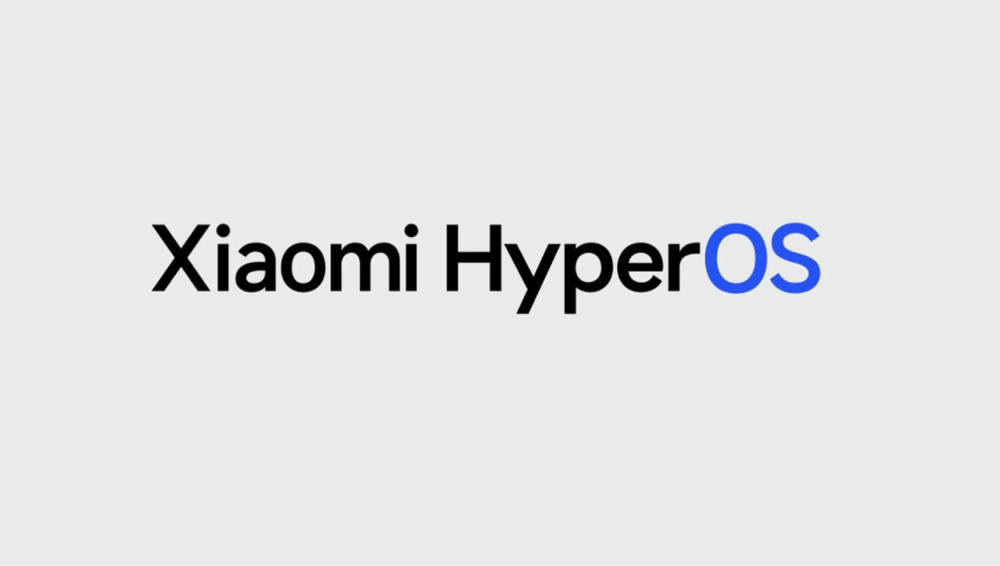Xiaomi Launches Xring O1 Mobile Chip Amid CNY 13.5 Billion Investment Drive
Xiaomi Corp. $1810.HK, a leading Chinese electronics manufacturer, announced on Tuesday the beginning of mass production of its proprietary mobile chipset, the Xring O1. The move marks a pivotal step in Xiaomi’s broader ambition to reduce reliance on third-party semiconductor suppliers and develop in-house capabilities that support its expanding ecosystem of smart devices.
The company’s founder and CEO, Lei Jun, revealed on Weibo that the Xring O1 chip will debut in two upcoming flagship products: the Xiaomi 15S Pro smartphone and the Xiaomi Pad 7 Ultra tablet. This announcement precedes the company’s official product launch event scheduled for Thursday.
The internal chip development aligns with Xiaomi’s CNY 13.5 billion (USD 1.87 billion) investment already committed to its semiconductor strategy, with an additional CNY 50 billion (USD 6.9 billion) earmarked over the next decade.
Strategic Implications of Xiaomi’s Semiconductor Push
The development of the Xring O1 represents a significant milestone in Xiaomi’s technological vertical integration, a trend increasingly favored by major device manufacturers amid intensifying global chip competition and supply chain fragmentation.
Xiaomi’s foray into advanced semiconductor design underscores a dual motivation: product differentiation and strategic autonomy. The company aims to optimize chip performance for its own devices, offering more efficient energy use, enhanced AI capabilities, and seamless software-hardware integration. These factors are key to competing with Apple Inc. $AAPL and Samsung Electronics $005930.KS, both of which have established in-house chip ecosystems.
With geopolitical and economic pressures continuing to reshape global technology supply chains—particularly between the U.S. and China—Xiaomi’s long-term investment in chip design also reflects a hedging strategy. By internalizing core components like SoCs (System-on-Chips), Xiaomi reduces exposure to export restrictions, licensing dependencies, and third-party chip shortages.

Key Facts:
Company: Xiaomi Corp.
Product: Xring O1 mobile chip
Initial Devices: Xiaomi 15S Pro, Xiaomi Pad 7 Ultra
Current Investment: CNY 13.5 billion (USD 1.87 billion)
Future Commitment: Minimum CNY 50 billion over 10 years
Event: Product launch scheduled for Thursday
Market Signals and Strategic Commentary
Xiaomi’s announcement generated considerable attention in both equity and semiconductor markets. The move positions the company more directly in competition with firms like Huawei (with its Kirin chip series) and Samsung, both of which have advanced SoC capabilities integrated across device categories.
Financial analysts interpret the Xring O1 initiative as part of Xiaomi’s broader R&D-led growth strategy. This strategic pivot is viewed as essential for long-term margin control, especially as the global smartphone market matures and competition intensifies around innovation, not just pricing.
Xiaomi’s semiconductor roadmap also strengthens its presence in AI-enabled devices. Custom chips enable optimized deployment of on-device AI tasks—reducing latency, improving privacy, and conserving bandwidth compared to cloud-based alternatives. This is critical in markets like China and India, where network infrastructure varies significantly in quality and accessibility.
The long-term investment commitment of at least CNY 50 billion (~USD 6.9 billion) signals Xiaomi’s transformation from a hardware assembler to a full-stack technology platform—aligning with China’s broader push toward tech self-reliance under state-led initiatives like "Made in China 2025."

Key Takeaways:
Xiaomi has entered mass production of its first high-performance in-house mobile chip, the Xring O1.
The chip will debut in flagship devices, strengthening ecosystem integration and brand differentiation.
The company has committed nearly USD 9 billion to semiconductor R&D for the next decade.
Strategic goals include cost optimization, supply chain autonomy, and AI capability enhancement.
Xiaomi follows similar trajectories to Apple, Samsung, and Huawei, focusing on SoC innovation to secure future competitiveness.
Xiaomi’s Chip Strategy Signals a Structural Shift in Asia’s Tech Landscape
Xiaomi’s Xring O1 launch is more than a product announcement—it’s a declaration of strategic intent. By investing in proprietary silicon, Xiaomi joins a growing cohort of tech giants seeking to control critical hardware IP and reduce reliance on external chipmakers like Qualcomm $QCOM or MediaTek $2454.TW.
The long-term financial and operational implications are substantial. In the face of global chip decoupling and intensifying geopolitical uncertainty, vertical integration in chip design is becoming not just an innovation driver but a strategic necessity.
With this move, Xiaomi positions itself at the forefront of a new wave of Chinese tech firms transitioning from brand-driven manufacturers to foundational technology leaders—reshaping competition across the smartphone, tablet, and IoT markets.















Comments
Such a move underscores the importance of aligning innovation with strategic capital flows